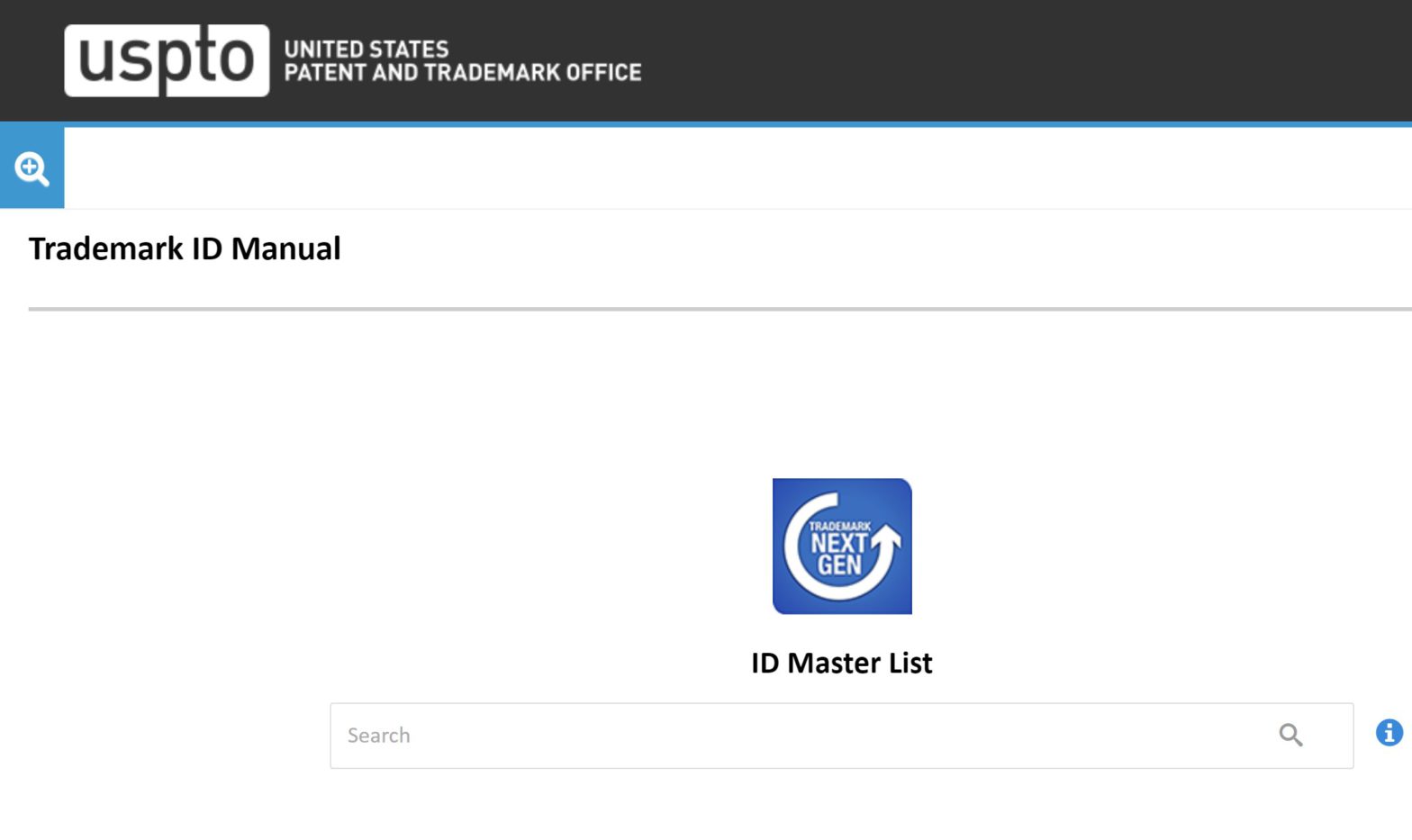There are good reasons you should stick to the Trademark ID Manual when you describe your goods and services in your trademark application. Picking one outside Trademark ID Manual not only cost you more but also may delay the registration process.
Why is the description important?
First, you need to understand there are two different classification systems: (1) the Nice Classification (NCL) and (2) a Trademark Identifications and Classifications Project (or TM5). The NCL is a “compulsory” classification system, which is annually updated and currently lists about 80 international classes (ICs). TM5 is an “optional” classification regime that simply seeks to unite the big 5 intellectual property agencies in the world (obviously the USPTO is one of them).
Long story short, NCL gives categories and TM5 gives sub-categories. And some sub-categories adopted by the USPTO are yet adopted by all major intellectual property offices, meaning they are okay with the USPTO although not TM5.
The reason you need to place your trademark in a proper category arises from the very reason you want your trademark registered. As you probably know by now, trademark is quite different from other intellectual properties in that it is not about protecting your ingenuity or creativity but about protecting your goodwill and reputation in the market.
What this means is that your pretty logo or emblem is protected by the trademark law not because you created it but because you used it in association with your goods/services. If you want to protect your artistic or literary expression, you should seek copyright protection.
So, why we need appropriate classification? On the paper, your trademark protection likely goes only as far as the IC in which your product/service belongs. For example, you run a bakery named Flew Blast, and someone launches an athletic clothing brand Flew Blast . You unlikely can argue your trademark right is being infringed.
If you have two or more ICs in which your goods/services belong, you need to file multiple-class trademark application. In reality, you simply list all ICs in an application and pay the application fee multiplied by the number of ICs you elected.
How to Identify My Goods/Services?
Once you have chosen all ICs that apply to your goods/services, now you need to tell the USPTO why you selected those ICs. At least one good/service must be entered for each IC in your application, and it can be as many as you like. The thing is that your business is likely dealing with many types of goods/services in an IC. For example, all cosmetics belong to the international class 003 except those having medicinal purposes. The latter would belong to the international class 005 with other medicines.
It might be tempting to include just every possible goods/service you can find in the USPTO’s Trademark ID manual. After all, it is for no extra charge. However, one of the goals of the USPTO is to allow all rightful owners of trademarks to register their trademarks for protection. Sometimes, even within an IC, there can be instances where quite similar trademarks can be used by two business owners without much conflict or confusion among the consumers. That might be due to no overlapping of potential customers between these two among many other reasons. The identification of goods and services can tell if there would likely be an overlapping of potential customers.
To deter anyone in bad faith claims all the goods/services within an IC, the trademark examiner at the USPTO may require you to submit more than one specimen per international class. (see below for further discussion of specimen) Potentially, a specimen for each and every goods and services listed. Also, you should know that you trademark registration can be cancelled for your false statement.
The TEAS allows you to search the Trademark ID Manual while you are filling in the trademark application. So, do a thorough search and find descriptions that cover all the goods and services you provide. Sometimes, you may find just one description covers it all. Other times, you find two descriptions that more or less cover the same goods and services. You do not need to include all descriptions that apply to your goods/services. If one covers it all, select it and move on. If one does not carry all the way, find another one. Just keep going till everything is covered.
Statement of Use (Allegation of Use)
Whether you are currently using the trademark or you only intend to use it later, at some point you must prove that you are actually using it. That proof is a specimen. A specimen is usually a photography of a good that bears the trademark. The specimen should show the entirety of the product not just the trademark, which is obvious because you already provided how the trademark looks in the earlier stage of the application. Also, it should show the trademark as it is filed, meaning if you have claimed colors in the application, you photo cannot be a black-and-white one. When it comes to services, you need to find a way to show that your mark is used in association with your service/business. Nowadays, a screenshot of your business website should be your first consideration. Simply find the page that actually selling the services, meaning customers can place an order or find contact information. A screenshot of the webpage, which obviously should show your trademark as well, would be a good and convincing specimen.
How many specimens do you need? I would go for one specimen for one IC by default. Just think about how extensive your list of goods/services, and you feel you should show more than just one, then feel free to go ahead and include more specimens. The thing is if the examiner wants to see more specimen, they will simply ask you in an office action. You would have 6-months to add more specimen, and once you upload your specimens in the system using the Response to Office Action form, which can be found here, you are all set. You would face some delay depending on how quickly your examiner re-visit your application, but if your goods/services are cohesive and reasonable, it is unlikely that your examiner asks for more specimen.

